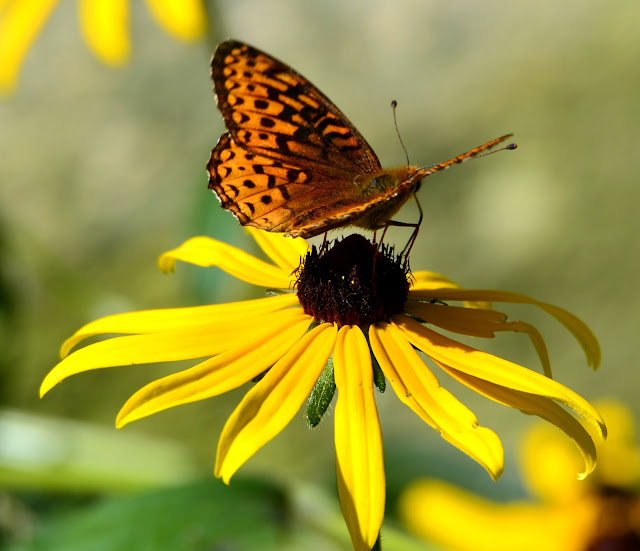There was a time when sleep was less of a challenge. However, rising shortly after the sun does provide opportunities. Sipping coffee and idly looking out the window is one, particularly when that window provides a view over the water to the forest beyond.
 |
| What's that white spec in the trees? |
 |
| Looks like an eagle. |
 |
| "You lookin' at me?" |
 |
| "I really don't care." He sat for 40 minutes, waiting for the easily distracted photographer to lose interest. |
 |
| Fortunately, there was enough coffee to merit waiting until he finally prepared for action! (This shot taken just after the impressive weight reduction technique all birds use prior to take-off.) |
 |
| Now away, down low over the water. |
 |
| A quick splash and upward again. |
 |
| It appears a fish has taken advantage of the eagle's "Swim near surface, fly high" offer. |
 |
| But the fish won't be taking advantage of that offer again. |






























